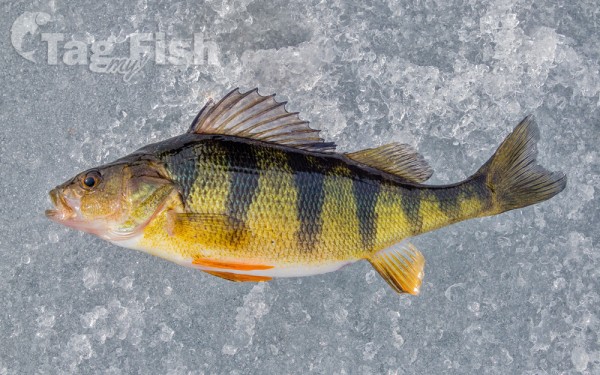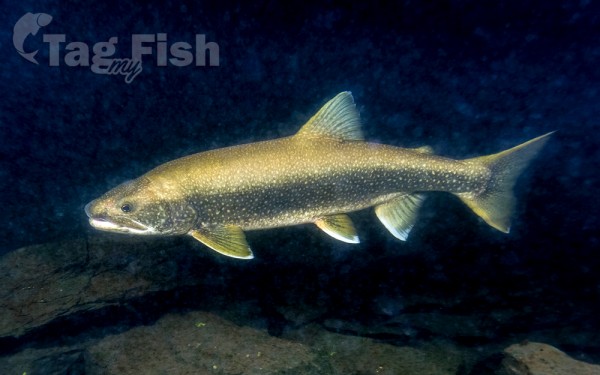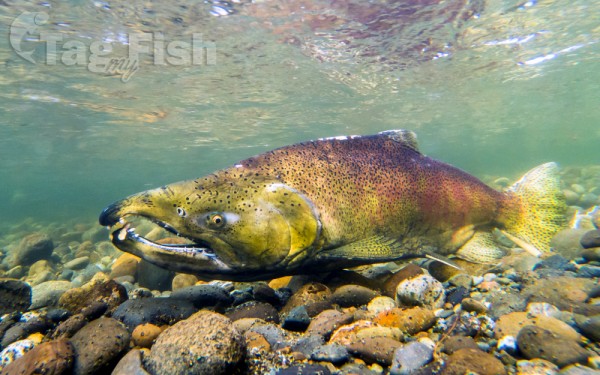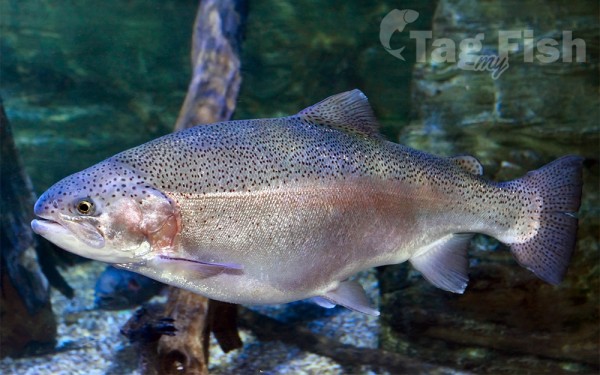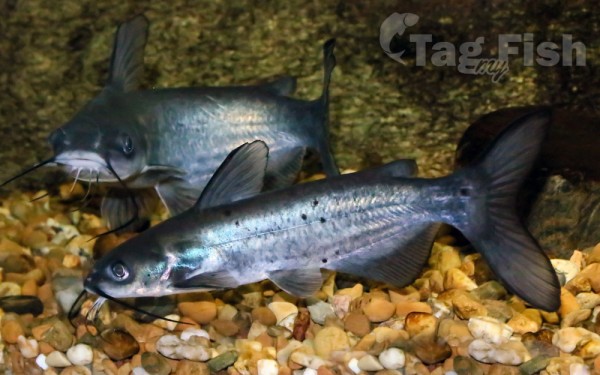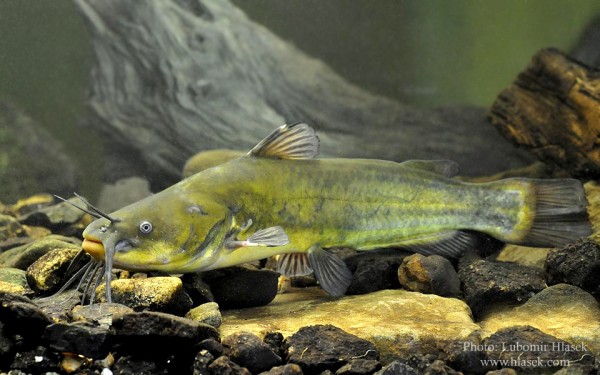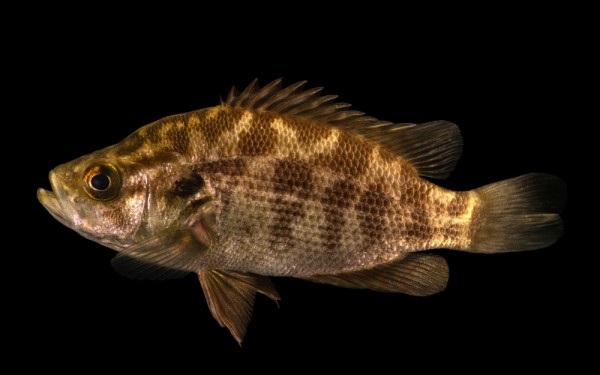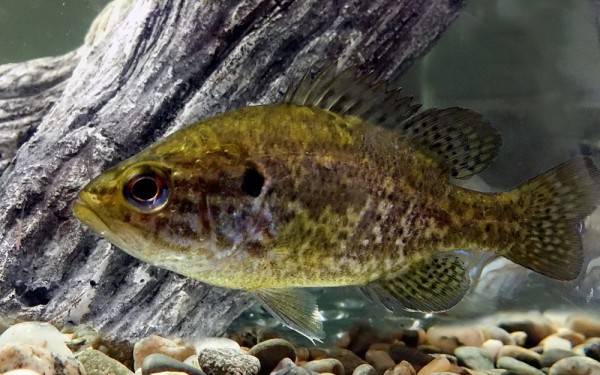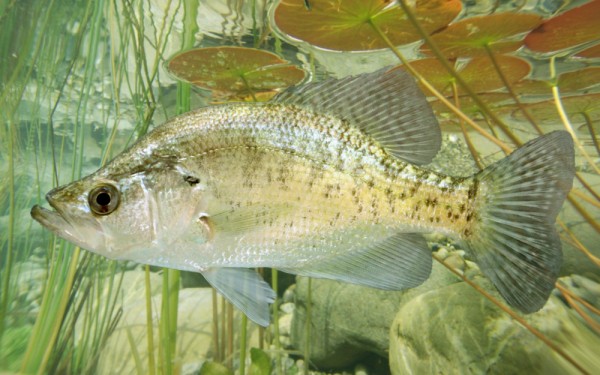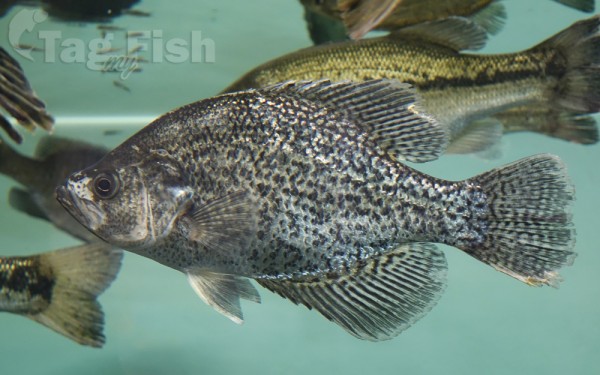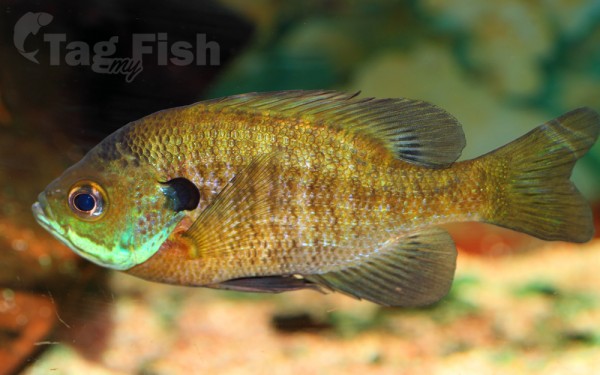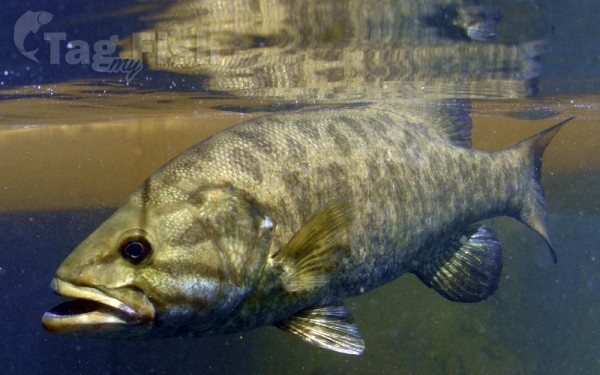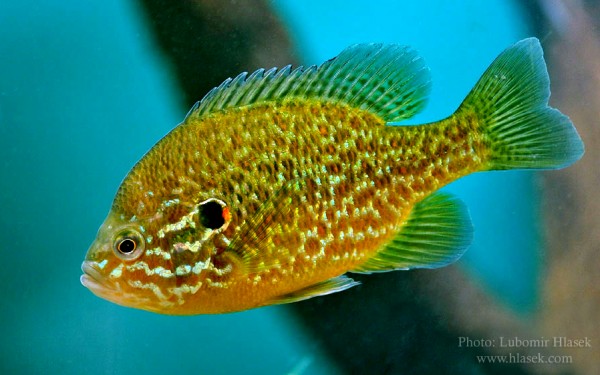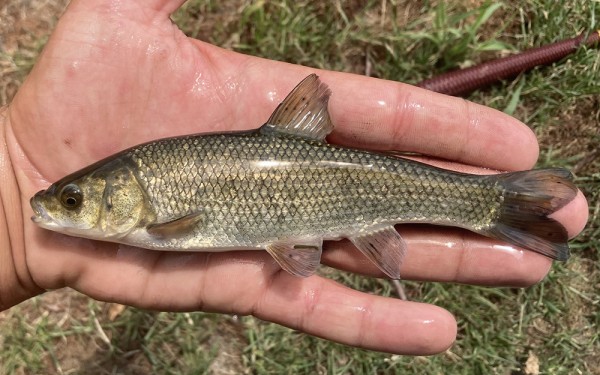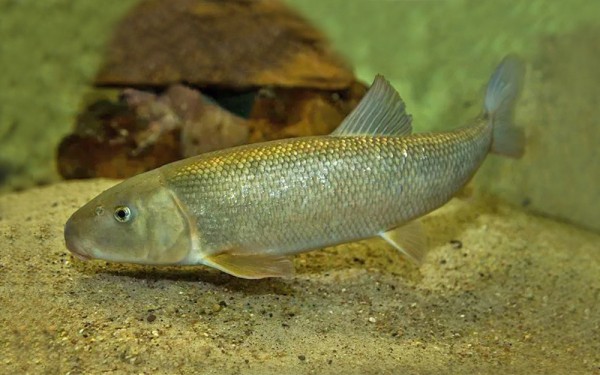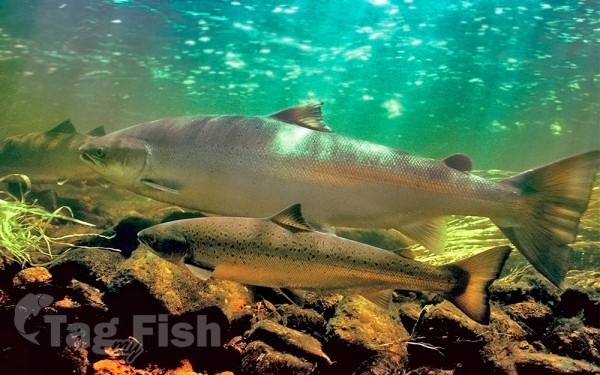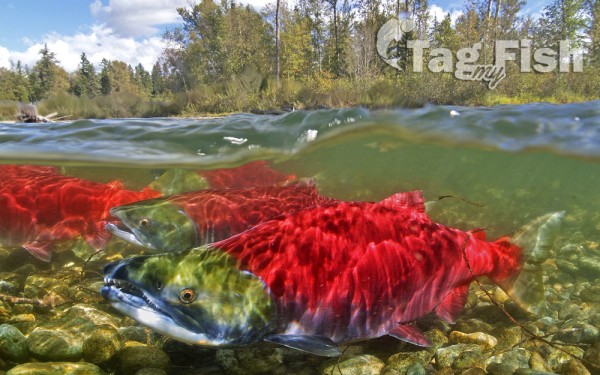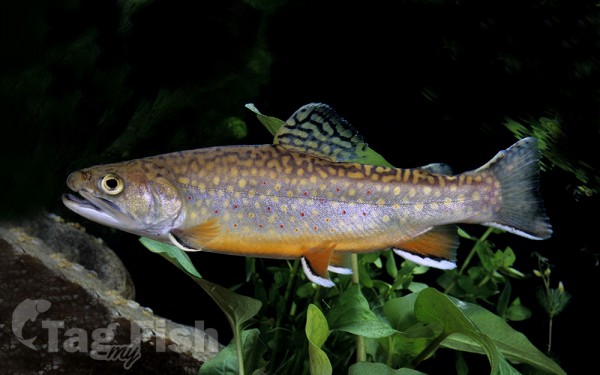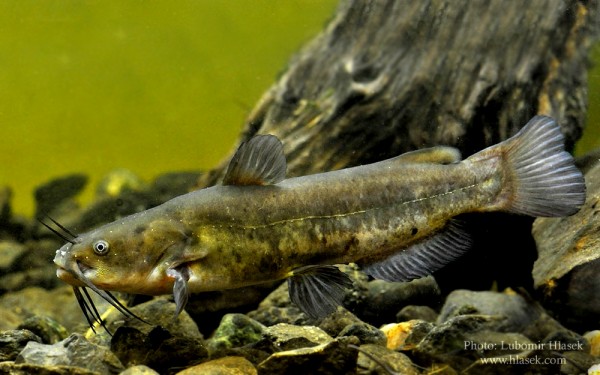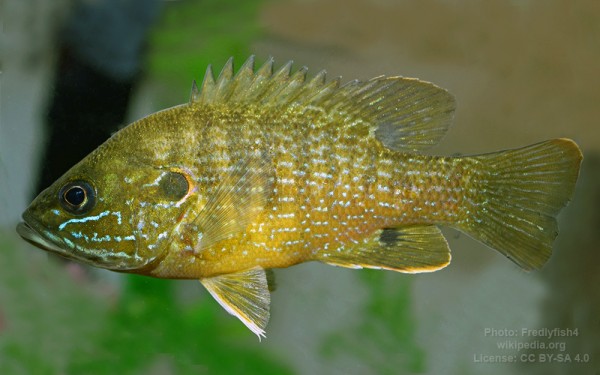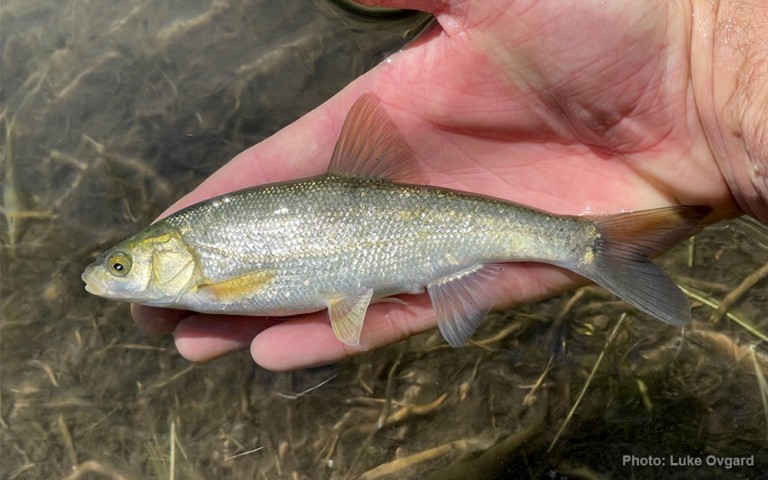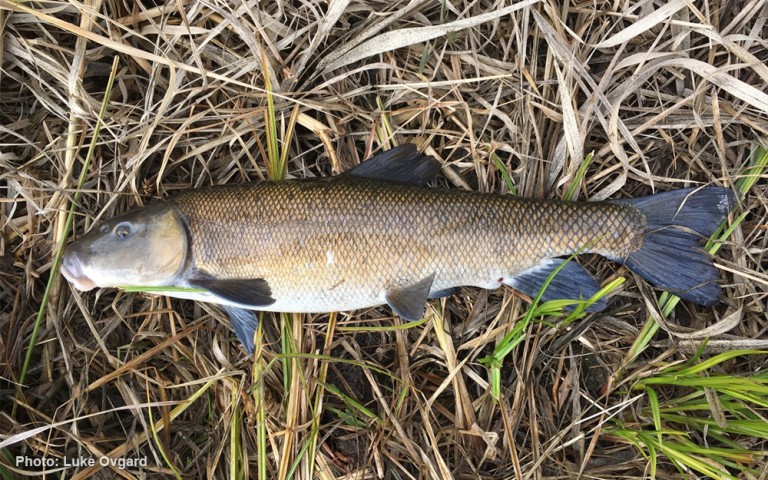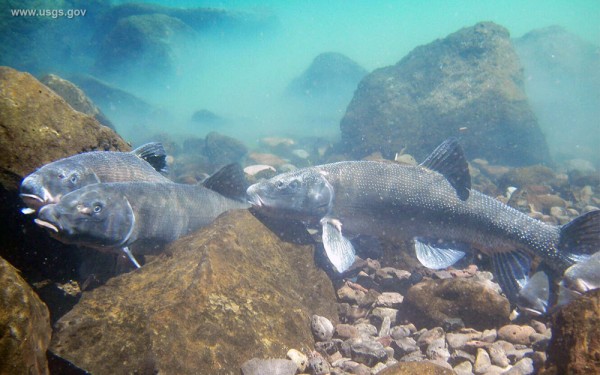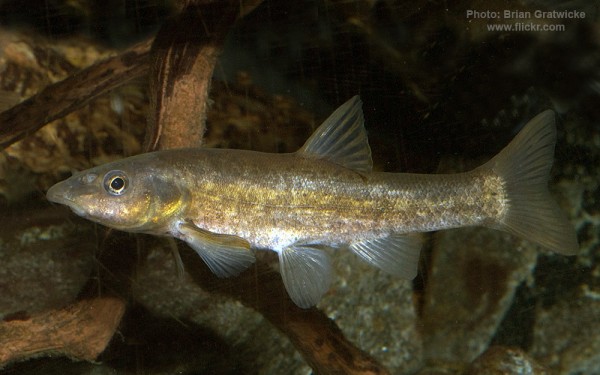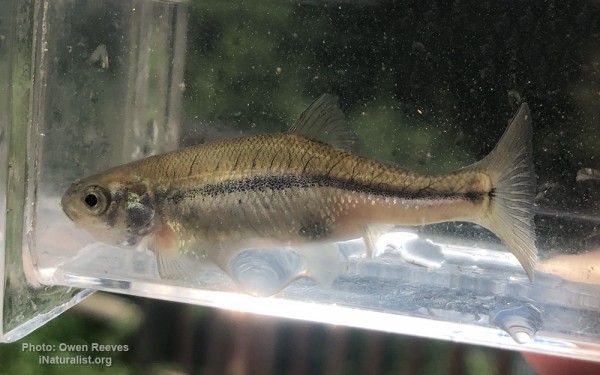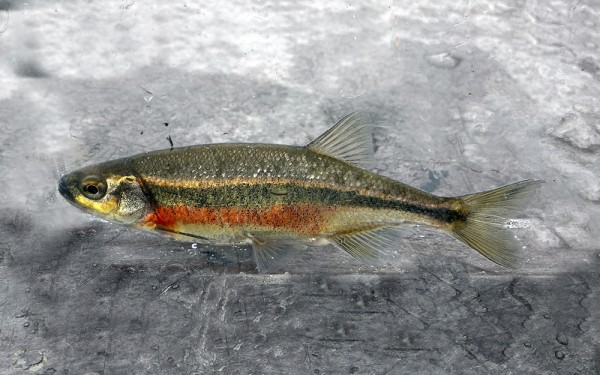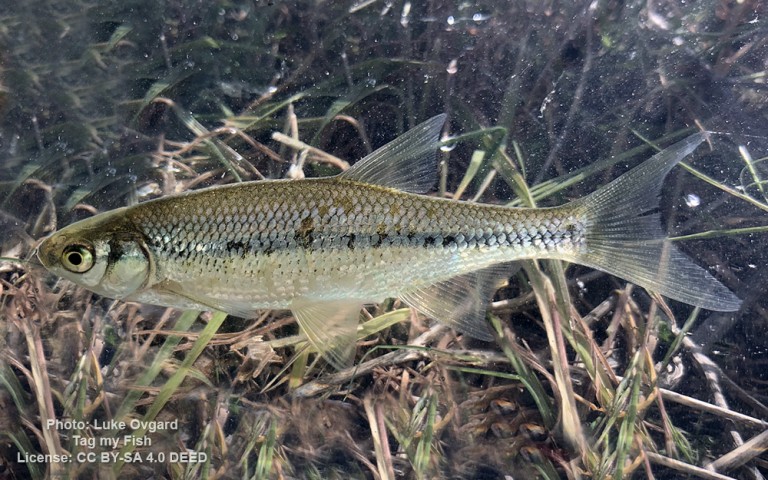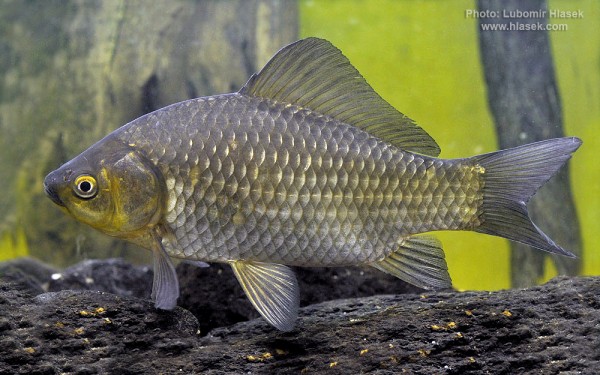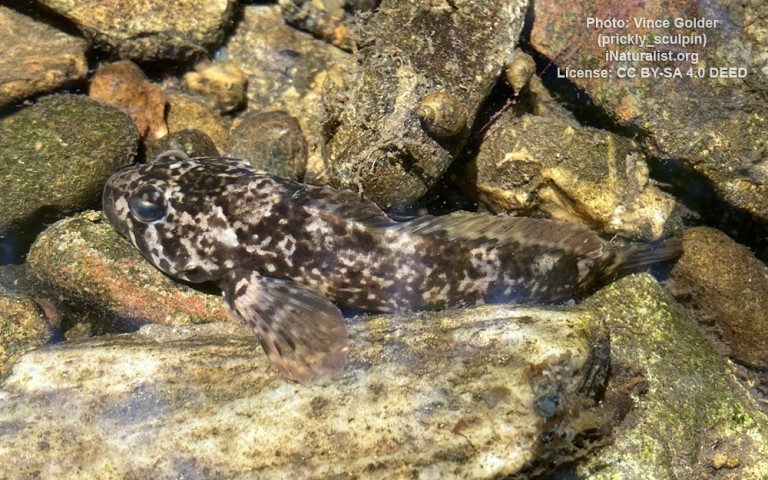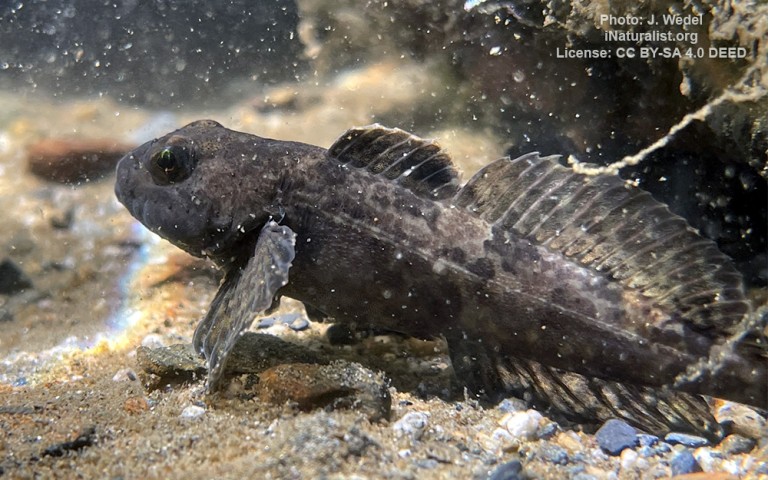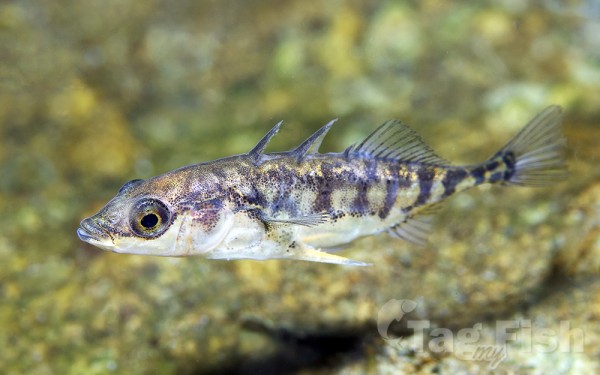Upper Klamath Lake
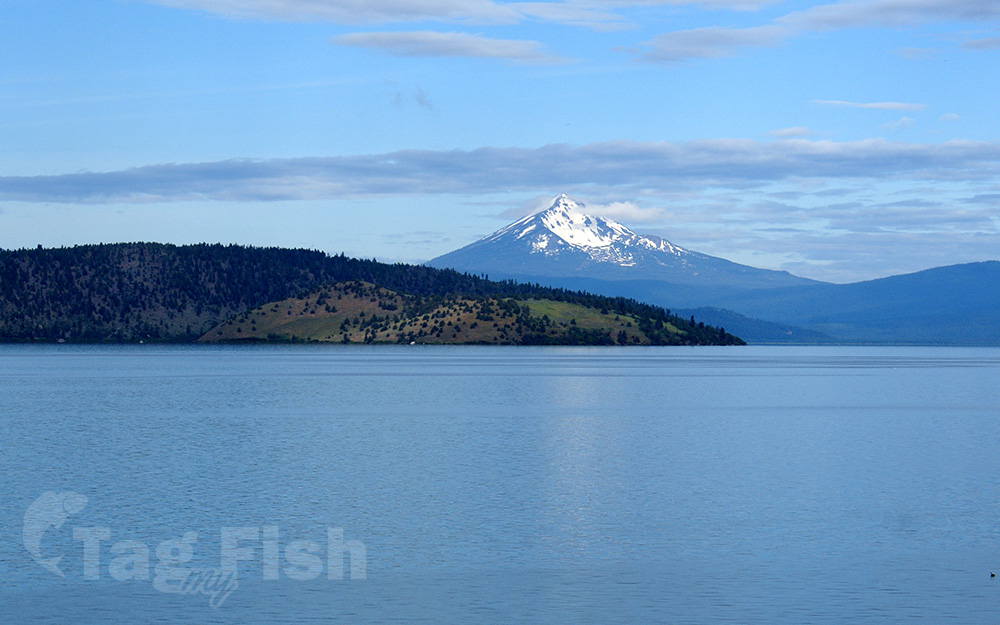
Perciformes - Perches
Salmoniformes - Salmons and Trouts
Siluriformes - Catfishes
Centrarchiformes - Basses and sunfishes
Cypriniformes - Carps
Perciformes - Perches
Salmoniformes - Salmons and Trouts
Siluriformes - Catfishes
Centrarchiformes - Basses and sunfishes
Cypriniformes - Carps
Scorpaeniformes - Mail-cheeked fishes
Gasterosteiformes - Sticklebacks
Perciformes - Perches
Salmoniformes - Salmons and Trouts
Siluriformes - Catfishes
Centrarchiformes - Basses and sunfishes
Cypriniformes - Carps
Scorpaeniformes - Mail-cheeked fishes
Gasterosteiformes - Sticklebacks
Upper Klamath Lake (sometimes called Klamath Lake) is a large, shallow freshwater lake east of the Cascade Range in south-central Oregon in the United States.
The largest body of fresh water by surface area in Oregon, it is approximately 25 miles (40 km) long and 8 miles (13 km) wide and extends northwest from the city of Klamath Falls. It sits at an average elevation of 4,140 feet (1,260 m).
In the early 20th century, most of the wetlands and marshes surrounding the lake were drained for agricultural purposes, damaging the larger habitat. The lakes water has been used to support the federal Klamath Project for irrigation by local farmers for a century. The lake depth fluctuates due to regulation of its water supply, averaging between 8 and 50 feet (2.4 and 15.2 m) deep.
The lake level is kept within 4,137 to 4,143 ft (1,261 to 1,263 m) above sea level to ensure a viable fishery in the lake and to protect coho salmon in the Klamath River below the lake.


